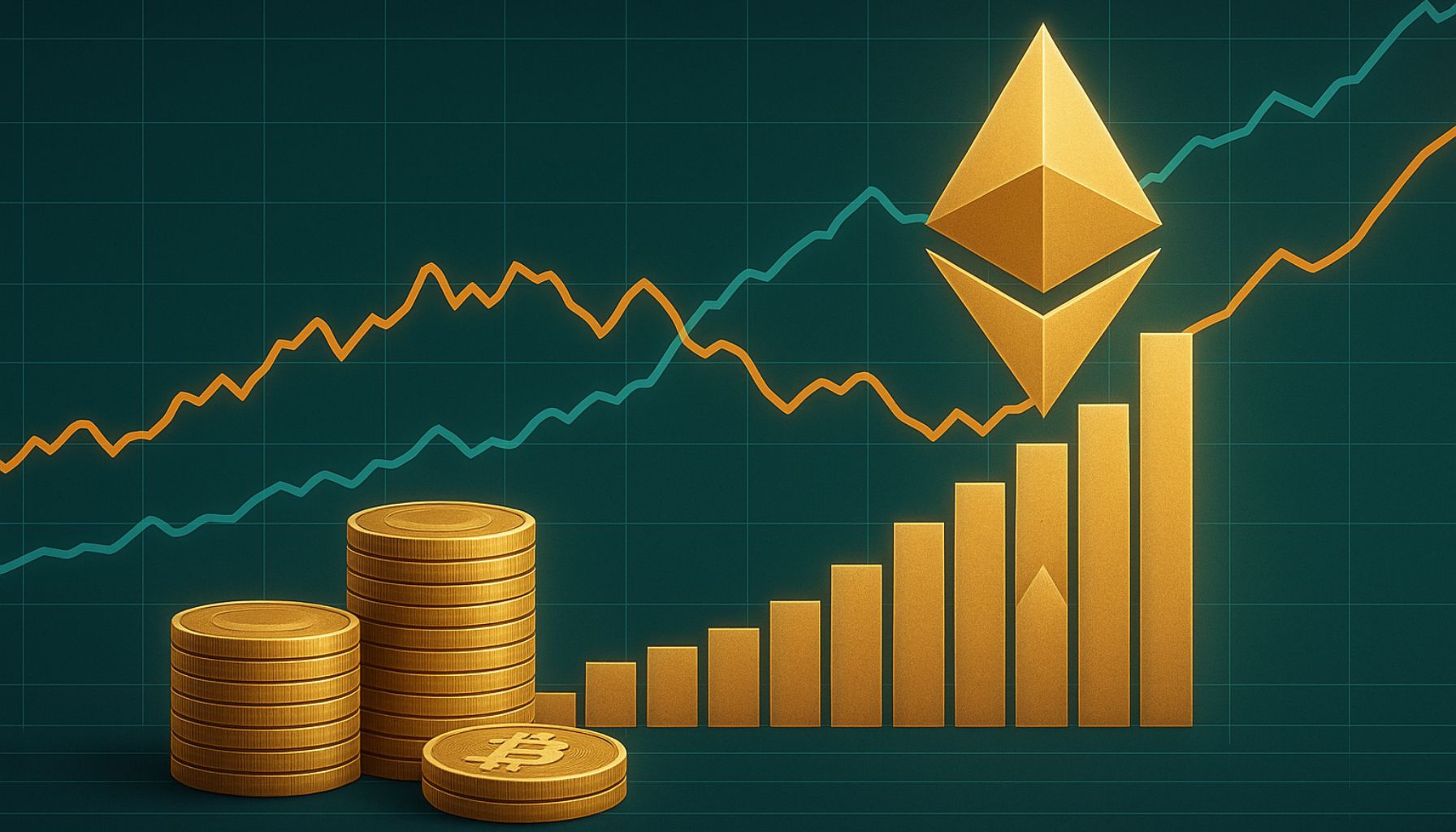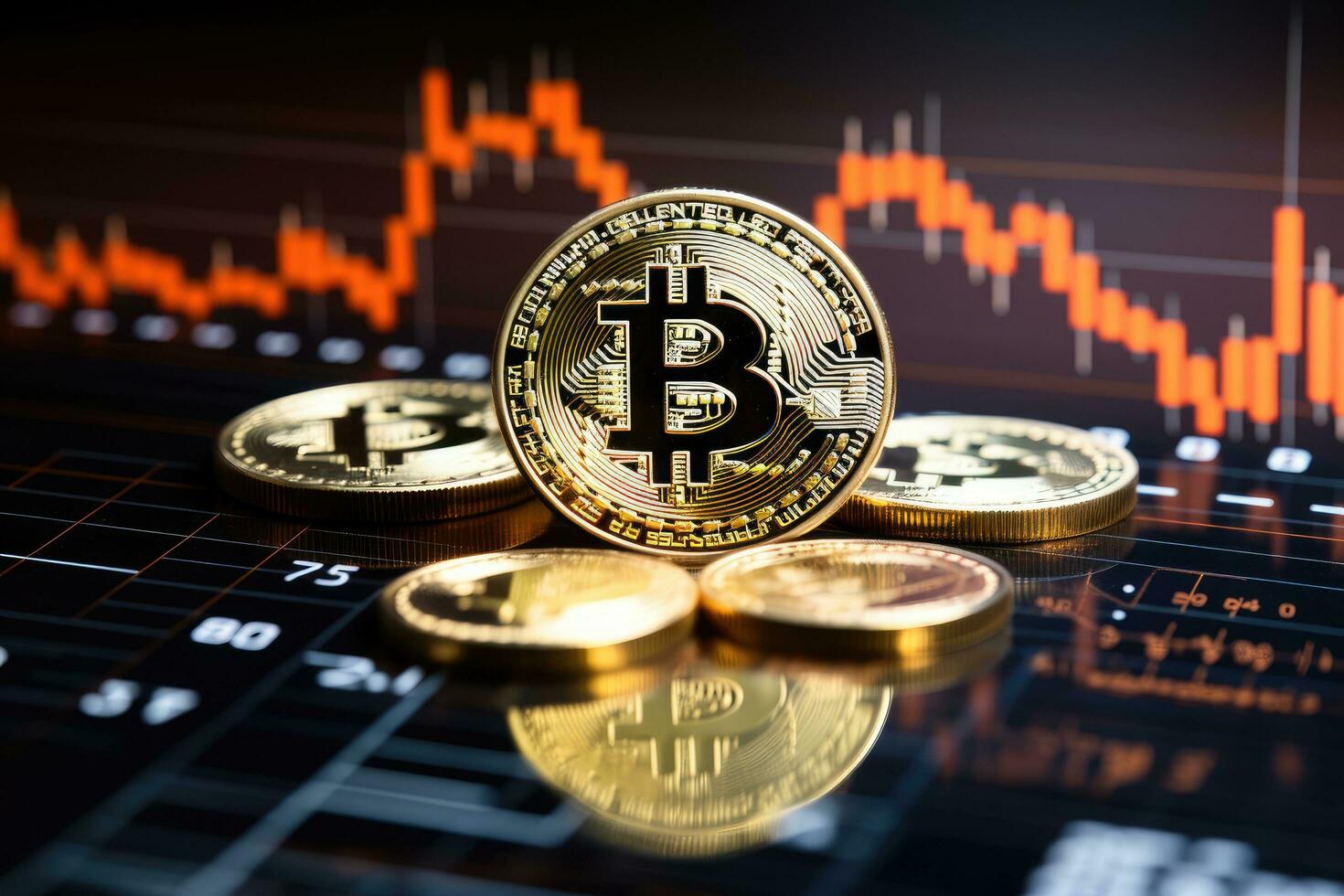How Disney's CEO shakeup could change the future of streaming
Bob Iger’s return may appease investors, but won’t necessarily solve its Disney+ dilemma.

Disney’s very theatrical CEO swap, with Bob Chapek ousted for Bob Iger, has played out like a cultural Cinderella story—fans and employees celebrating Chapek's demise for Iger’s magical reascension.
But the kingdom that Iger returned to isn’t the same one that he left pre-pandemic. It's now fraught with the same problems confronting the entire TV industry, namely diminished linear viewership, stalled streaming growth, increasingly costly productions and consumer fragmentation.
A map of what lies ahead in Iger’s CEO sequel:
Cut costs to fix broken streaming model
“Wall Street is waking up to the fact that the end of linear [TV] as a source of reliable cash...is becoming more imminent than it’s been in years past,” said Andrew Rosen, founder and analyst for industry newsletter Parqor. “The second problem is that streaming was supposed to be the solution for those losses.”
For Disney, that hasn’t been the case. The Mouse House reported nearly $1.5 billion in losses for its direct-to-consumer services, namely Disney+, in its fourth-quarter earnings call. Its stock has fallen approximately 41% this year.
Although not likely to completely fill the deficit, a glimmer of hope lies in Disney+’s imminent ad-supported subscription tier, launching Dec. 8. The much-anticipated addition to streaming’s ever-growing ad inventory is expected to boost the platform’s bottom line, but further exemplifies the streaming conundrum as advertisers also back off spending in the face of economic headwinds.
Increase value to compete with consumer subscription churn
Disney+ needs to continue growing its subscribers (a rose in Chapek’s thorny reign: the streamer has passed 164 million international subscribers, up 39% year-over-year), while also containing sky-high programming and production costs.
“Consumers are feeling increasingly more price-pinched, so they're going to ultimately follow where the great content is,” said Mike Proulx, Forrester VP and research director. “Disney+ has been the platform that has made the most gains from a user perspective, but it's come at a cost—a cost in profits for the company.”
Another strategy Disney is implementing to make more money off its streaming platform is a price hike that will coincide with the launch of its ad tier. While other platforms like Netflix have implemented advertising as an alternative for consumers looking for a lower-priced subscription with basic offerings, Disney’s current base price of $7.99 per month will become its ad-tier price. Those seeking to continue their ad-free experience will have to dish out $10.99 per month, or $109.99 annually. Proulx said Disney is “in effect punishing their users” via the price hike.
As consumers head into 2023, wary of inflation and increasing economic uncertainty, “Yet again they’re being faced with increased prices in something that is important to their everyday entertainment needs,” said Proulx. “I find that an interesting choice by Disney to increase prices right now. That is not necessarily a way to retain loyalty.”
Re-evaluate the role of streaming within changing consumer habits
Disney+ was Iger’s last baby before retirement, after fathering major Disney developments like the acquisitions of Pixar, Marvel, Lucasfilm and 20th Century Fox. But streaming is a different beast than it was pre-pandemic when the platform launched in November 2019.
In Nielsen’s most recent edition of The Gauge, which evaluates viewership across digital and traditional video platforms, YouTube commanded 8.5% of consumption in October 2022 compared to Disney+’s 2% share (Hulu, Disney’s other platform that made Nielsen’s graph, held 4%).
“[Iger’s] understanding of what Disney+ was supposed to be—he's been proven wrong,” said Parqor’s Rosen, referring to the rush of consumers to short-form and free content rather than premium streaming. “His understanding of what streaming was supposed to be by now in 2022, and towards 2023, has been proven wrong.”
Rosen said that Iger’s Disney “didn't foresee TikTok becoming the animal that it’s become” and also pointed to the substantial growth of Pluto TV and other free ad-supported streamers. “There's just things that Disney's relevance to a younger generation, he thought would be solved by streaming. And the dirty secret is that it isn't.”
“If it's about solving streaming, [Iger] is the wrong person,” said Rosen. “If it's about getting Disney into better graces with advertisers and having a better story of decline for investors as linear business hits a rough patch, he's the guy.”
Re-center creativity in organizational structure
One of Chapek’s highly publicized moves has already been reversed in the days since his departure. Early in the former CEO’s tenure, he instituted the Disney Media and Entertainment Distribution (DMED) division, which moved from Iger’s model of per-division budget decisioning power to a centralized entity run by Kareem Daniel, chairman of DMED. In an internal memo sent Monday night, Iger announced he would undo Chapek’s restructuring to resemble what it had been before the creation of DMED, which included the exit of Daniel.
“It is my intention to restructure things in a way that honors and respects creativity as the heart and soul of who we are,” wrote Iger. He also wrote that Chairmen Dana Walden, Alan Bergman, Jimmy Pitaro and Chief Financial Officer Christine McCarthy, would “work together on the design of a new structure that puts more decision-making back in the hands of our creative teams and rationalizes costs,” noting that he would not entirely dissolve DMED.
Maintain goodwill with advertisers
Simulmedia Founder and CEO Dave Morgan thinks that in the short term, there will be few changes for advertisers considering the high level of the executive swap. If anything, Morgan said Iger holds greater confidence with advertisers than Chapek.
“[Disney’s] sales leadership—they are people that were recruited and promoted by Iger,” said Morgan. “What’s unusual here is that they won’t skip a beat.”
Pivot Disney’s business for the future
What Morgan said will be the larger implications of Iger’s second outing will be how he pivots the business moving forward. “That’s what the board of investors are worrying about,” said Morgan. “They’re less concerned about some of the small-dollar mistakes in the last year and a half than they are, ‘Is this the person who’s going to make the right decisions on these six or seven really big things that are going to determine our long term future in this business?’”
Morgan said those decisions likely start with the fate of Hulu. Should Disney try to buy out Comcast’s minority share in the streamer? Among other key strategic issues, according to Morgan, are the potential return to pre-pandemic theatrical release windowing, crossing over streaming and ABC broadcast channels and perhaps the purchase of a smaller entertainment entity, such as Paramount or Warner Bros. Discovery.

 JaneWalter
JaneWalter 































